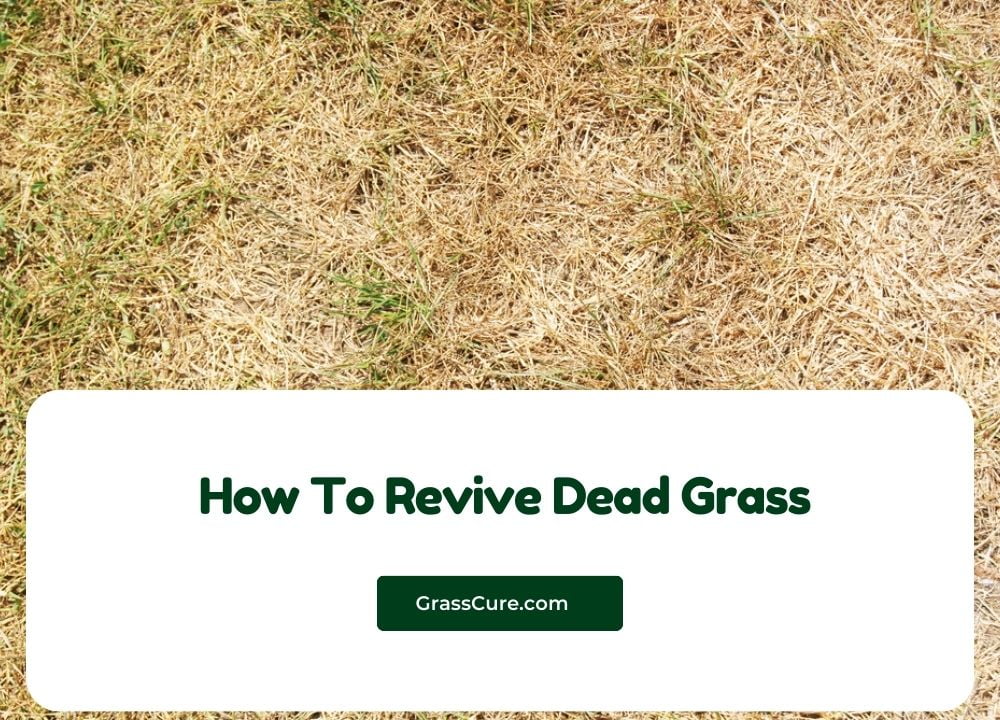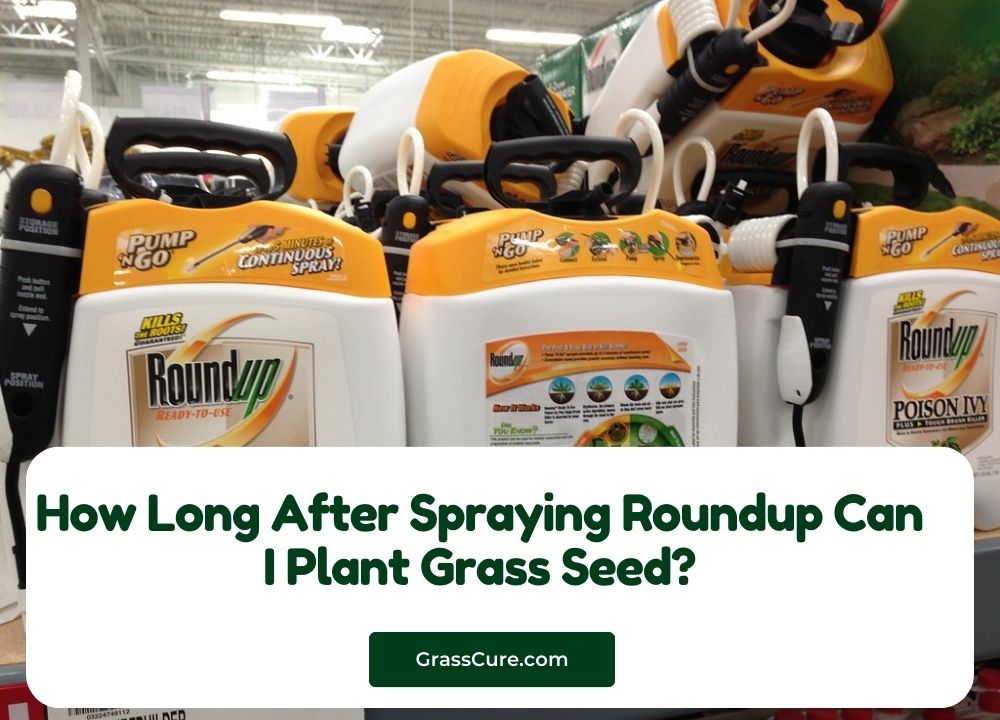Selecting the right grass seed is crucial for establishing a healthy and lush lawn, particularly in regions with cooler climates. Cool season grasses are specifically suited to thrive in temperatures ranging from 60°F to 75°F, making them ideal for northern areas where hot summers are less common. These grasses offer numerous benefits, including quick establishment, vibrant color, and excellent tolerance to cold temperatures. This article aims to provide a comprehensive review of the best cool season grass seeds available on the market, highlighting their unique characteristics, advantages, and suitability for various lawn conditions. Whether you’re looking to revitalize your existing lawn or start anew, this guide will help you make an informed decision to achieve a beautiful outdoor space.
Contents
Understanding Cool Season Grasses
Cool season grasses are a group of grass species that thrive in temperate climates, characterized by cooler temperatures and moderate rainfall. They typically grow best in the spring and fall, becoming dormant during the heat of summer. Here’s a closer look at the defining features and benefits of cool season grasses:
A. Definition and Characteristics
Cool season grasses are primarily classified into two categories:
- C3 Grasses: These grasses utilize the C3 photosynthetic pathway, allowing them to efficiently convert sunlight into energy in cooler temperatures. Examples include Kentucky Bluegrass and Perennial Ryegrass.
- Growth Patterns: They typically exhibit a vigorous growth phase in early spring and fall, while slowing down or becoming dormant in the heat of summer.
B. Benefits of Cool Season Grasses
- Temperature Resilience: These grasses can withstand cold temperatures, making them ideal for northern climates and areas with harsh winters.
- Color and Texture: Cool season grasses often have a rich green color and fine texture, contributing to an aesthetically pleasing lawn.
- Drought Resistance: Many varieties exhibit good drought tolerance, allowing them to thrive even during periods of limited moisture.
C. Popular Varieties of Cool Season Grasses
- Kentucky Bluegrass: Known for its lush appearance and self-repairing capability, it is a popular choice for home lawns.
- Perennial Ryegrass: This quick-germinating grass is favored for its fine texture and rapid establishment, often used in overseeding.
- Tall Fescue: Renowned for its drought resistance and adaptability, tall fescue features a deep root system, making it suitable for transitional zones.
- Fine Fescue: Comprising species like Creeping Red Fescue, this type is ideal for shaded areas and has low maintenance requirements.
Understanding these fundamental aspects of cool season grasses will help homeowners and landscapers make informed choices when selecting the best grass seed for their specific needs and growing conditions.
Factors to Consider When Choosing Grass Seed
Choosing the right grass seed is essential for establishing a healthy and thriving lawn. Several factors should be considered to ensure that the selected grass type is suitable for the specific environment and intended use. Here are the key factors to keep in mind:
A. Climate Suitability
Understanding your local climate is critical. Cool season grasses perform best in regions with cool temperatures and moderate rainfall. Assessing the average temperatures, humidity levels, and seasonal variations in your area will help determine which varieties will thrive.
B. Sunlight Requirements
Different grass species have varying sunlight needs. Some grasses, like Kentucky Bluegrass, prefer full sun, while others, such as Fine Fescue, can tolerate shade. Evaluate the amount of sunlight your lawn receives throughout the day to choose the right seed.
C. Soil Type and Condition
Soil quality plays a vital role in grass growth. Test your soil to determine its pH, nutrient content, and drainage capabilities. Some grass varieties, such as Tall Fescue, are more adaptable to poor soil conditions, while others may require well-draining, fertile soil.
D. Maintenance Needs
Consider the maintenance requirements of each grass type. Some grasses, like Perennial Ryegrass, establish quickly but may require more frequent mowing and watering. In contrast, Tall Fescue has a deeper root system and generally demands less water and maintenance. Choose a grass that fits your lifestyle and willingness to invest time in lawn care.
E. Disease Resistance
Certain grass varieties are more susceptible to diseases, such as brown patch or powdery mildew. Research the disease resistance of the grass seed options available and select varieties that are known to withstand common pests and diseases in your area.
By taking these factors into account, you can choose the best grass seed that will flourish in your specific conditions, leading to a vibrant and resilient lawn.
Top Cool Season Grass Seed Varieties
When selecting cool season grass seeds, it’s essential to understand the distinct characteristics and benefits of each variety. Here’s a breakdown of some of the top cool season grass seed varieties that are popular among homeowners and landscapers:
A. Kentucky Bluegrass
- Characteristics and Benefits: Kentucky Bluegrass is known for its lush, dark green appearance and fine texture. It is a dense grass that creates a beautiful lawn and has excellent self-repairing capabilities, making it ideal for high-traffic areas.
- Ideal Uses: Best suited for residential lawns, parks, and recreational areas. It thrives in full sun but can tolerate some shade.
- Recommended Brands: Popular brands include Scott’s Turf Builder Kentucky Bluegrass Seed and Pennington Kentucky Bluegrass Seed.
B. Perennial Ryegrass
- Characteristics and Benefits: Perennial Ryegrass germinates quickly, making it an excellent choice for quick establishment. It has a fine texture and rich color, providing an attractive lawn.
- Ideal Uses: Often used for overseeding existing lawns and establishing new ones in transitional zones. It performs well in both sunny and partially shaded areas.
- Recommended Brands: Notable brands include Pennington Perennial Ryegrass Seed and Scott’s Turf Builder Perennial Ryegrass Seed.
C. Tall Fescue
- Characteristics and Benefits: Tall Fescue features a deep root system, which enhances its drought resistance and adaptability to various soil types. It has a coarse texture and is known for its heat tolerance.
- Ideal Uses: Suitable for transitional zones and areas with variable climate conditions. It is ideal for lawns that receive moderate foot traffic and for those who want a low-maintenance option.
- Recommended Brands: Popular choices include Scott’s Turf Builder Tall Fescue Seed and Pennington Smart Seed Tall Fescue.
D. Fine Fescue
- Characteristics and Benefits: Fine Fescue includes varieties like Creeping Red Fescue, Hard Fescue, and Sheep Fescue. They are known for their fine texture, shade tolerance, and low maintenance requirements.
- Ideal Uses: Perfect for shaded areas, low-traffic lawns, and naturalized settings. These grasses are excellent for lawns that require minimal care.
- Recommended Brands: Notable brands include Scott’s Turf Builder Fine Fescue Mix and Pennington Fine Fescue Seed Mix.
By understanding the unique features and best applications of these top cool season grass seed varieties, homeowners can make informed decisions that lead to healthy, vibrant lawns tailored to their specific environmental conditions and aesthetic preferences.
Comparison of the Top Varieties
When selecting the best cool season grass seed for your lawn, comparing the top varieties based on several key criteria is essential. Below is a comparison of Kentucky Bluegrass, Perennial Ryegrass, Tall Fescue, and Fine Fescue, highlighting their growth rate, texture, drought and disease resistance, cost, and user experiences.
| Criteria | Kentucky Bluegrass | Perennial Ryegrass | Tall Fescue | Fine Fescue |
| Growth Rate | Moderate; takes longer to establish | Fast; germinates in 5-10 days | Moderate; slower than ryegrass | Slow; ideal for shaded areas |
| Texture | Fine to medium | Fine | Coarse to medium | Very fine |
| Drought Resistance | Moderate | Low | High | Moderate |
| Disease Resistance | Moderate; susceptible to some diseases | Moderate; prone to some diseases | High; resistant to many common issues | High; resistant to shade-related diseases |
| Cost | Moderate to high | Moderate | Moderate | Moderate to high |
| Ideal Sunlight | Full sun to partial shade | Full sun to partial shade | Full sun to partial shade | Partial shade to full sun |
| User Experiences | Highly favored for its lush look and self-repairing qualities | Popular for quick establishment; may need frequent mowing | Appreciated for its drought tolerance and low maintenance | Valued for its low maintenance in shady areas |
Summary of Comparisons:
- Kentucky Bluegrass is favored for its lush appearance and self-repairing ability, making it a top choice for aesthetic lawns, but it requires moderate maintenance and has a slower establishment rate.
- Perennial Ryegrass is ideal for quick fixes and overseeding due to its fast germination but may require more frequent mowing and watering, especially in hot summers.
- Tall Fescue stands out for its adaptability and drought resistance, making it suitable for varied climate conditions with low maintenance needs.
- Fine Fescue excels in shaded areas with low traffic and requires minimal upkeep, making it perfect for low-maintenance lawns.
By evaluating these criteria, homeowners can select the grass variety that best fits their specific lawn conditions, maintenance preferences, and aesthetic goals.
Tips for Successful Grass Seed Planting
Planting grass seed effectively requires careful preparation and attention to detail. Here are essential tips to ensure a successful grass seed planting process:
A. Preparing the Soil
- Soil Testing: Conduct a soil test to determine pH levels and nutrient content. Amend the soil as needed to create optimal growing conditions for your chosen grass variety.
- Clearing the Area: Remove weeds, rocks, and debris from the planting area to create a clean seedbed. This helps reduce competition for resources.
- Tilling: Loosen the top 2-3 inches of soil using a rake or tiller. This improves seed-to-soil contact and promotes healthy root development.
B. Best Time for Planting Cool Season Grass Seed
- Timing: The best time to plant cool season grass seeds is in early spring (March to May) or late summer to early fall (August to September) when temperatures are mild and moisture levels are adequate.
- Weather Conditions: Aim for a period of calm, overcast days, as excessive sun or wind can dry out newly sown seeds. Ensure the forecast is free from heavy rain, which can wash away seeds.
C. Seeding Techniques
- Seed Distribution: Use a broadcast spreader for even seed distribution. Follow the recommended seeding rate for your specific grass type to avoid overcrowding or sparse patches.
- Covering Seeds: Lightly rake the area after seeding to ensure good seed-to-soil contact. For some varieties, lightly covering seeds with soil (no more than 1/4 inch) can enhance germination rates.
D. Post-Planting Care and Maintenance
- Watering: Keep the soil consistently moist but not soggy. Water lightly and frequently (2-3 times per day) until the seeds germinate, then reduce the frequency as the grass establishes.
- Mowing: Wait until the grass reaches a height of about 3-4 inches before mowing for the first time. Set the mower blades high to avoid cutting too much at once.
- Fertilization: Apply a starter fertilizer at planting or shortly after germination to provide essential nutrients for young grass. Follow the recommendations based on your soil test results.
By following these tips, you can create an optimal environment for your grass seed, leading to a vibrant and healthy lawn that thrives in your specific conditions. Proper planning, care, and attention to detail will pay off in the long run, resulting in a lush and beautiful outdoor space.
Conclusion
Choosing the right cool season grass seed is essential for establishing a thriving and attractive lawn. By understanding the characteristics and benefits of various grass varieties—such as Kentucky Bluegrass, Perennial Ryegrass, Tall Fescue, and Fine Fescue—homeowners can make informed decisions that cater to their specific environmental conditions and aesthetic preferences.
Consideration of key factors like climate suitability, sunlight requirements, soil condition, maintenance needs, and disease resistance will further ensure that the selected grass type will flourish in your yard.
Additionally, following effective planting techniques and post-planting care will promote successful germination and establishment. With the right approach, you can create a lush, resilient lawn that enhances your outdoor space and provides enjoyment for years to come. By investing time and effort into choosing and caring for your grass seed, you’ll achieve a beautiful landscape that stands out in your neighborhood.






